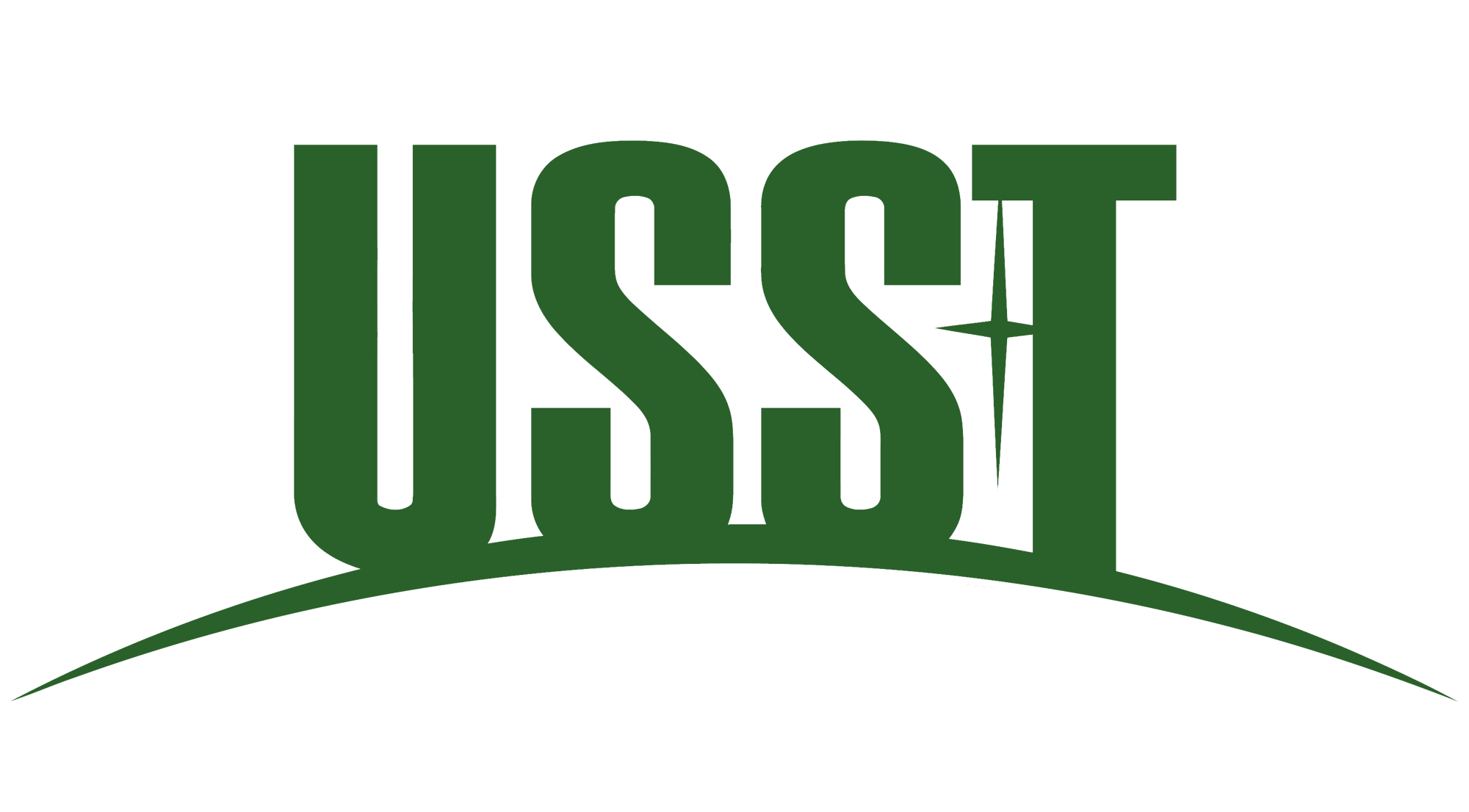September 3, 2021
The RADSAT-SK team completed the assembly of the FlatSat, in their own clean room. This uses all the components of the CubeSat laid out flat to make testing easier. The team has been working hard to test and validate all functions of the CubeSat.
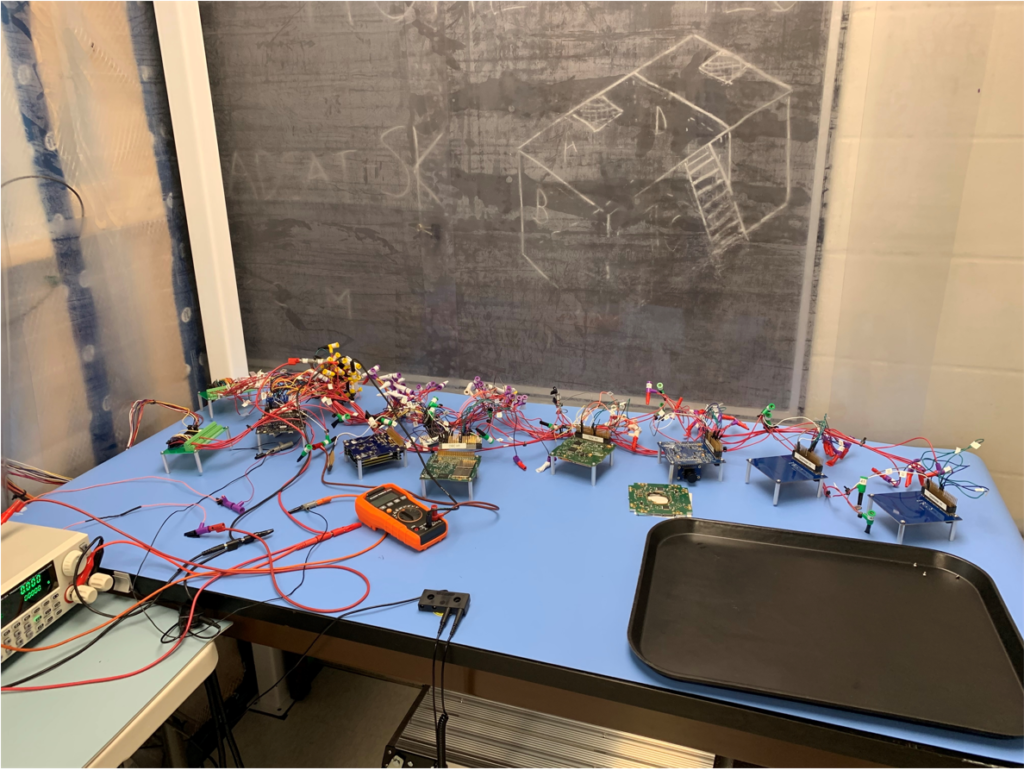
April 14, 2021
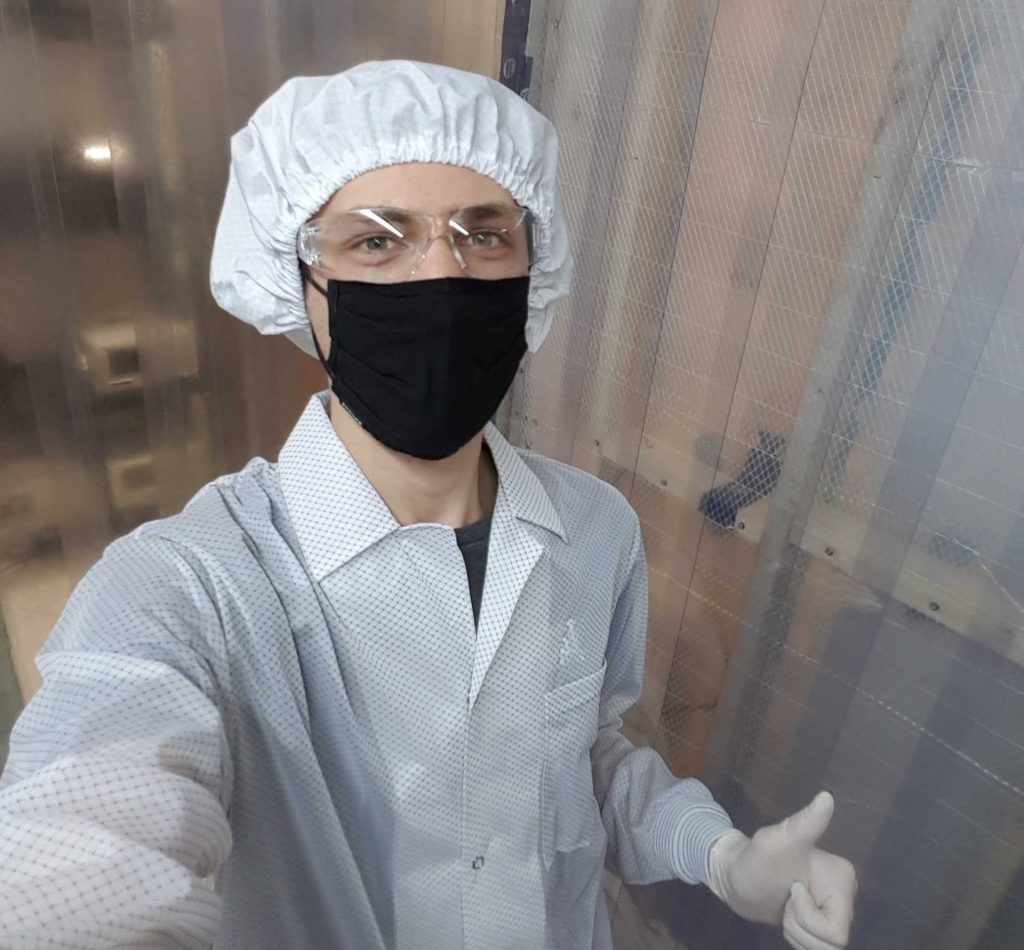
The RADSAT-SK team officially finished their very own clean room and will begin the testing process for the project. This milestone will allow the team to test each components compatibility with each other to ensure the CubeSat will function as intended. Test early, test often!
December 20, 2019
Construction has started on our very own clean room! This facility will be vital to the project as it will serve as both a testing room for the next year, then afterwards be used as a construction room where the flight model of RADSAT-SK will be built by our team members. Once complete it will be the only clean room capable of properly housing a cubesat in the College of Engineering building. The design and construction of this room is being carried out completely by our team members.
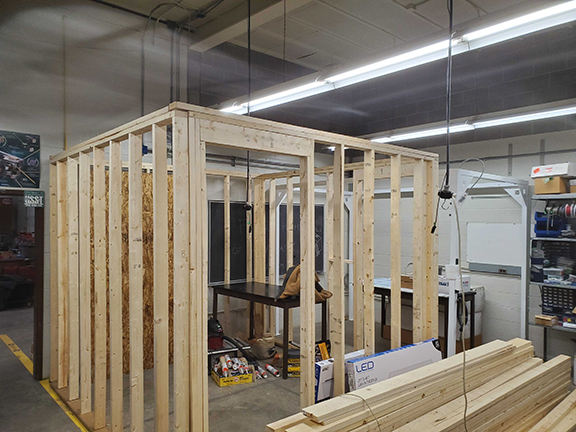
November 14, 2019
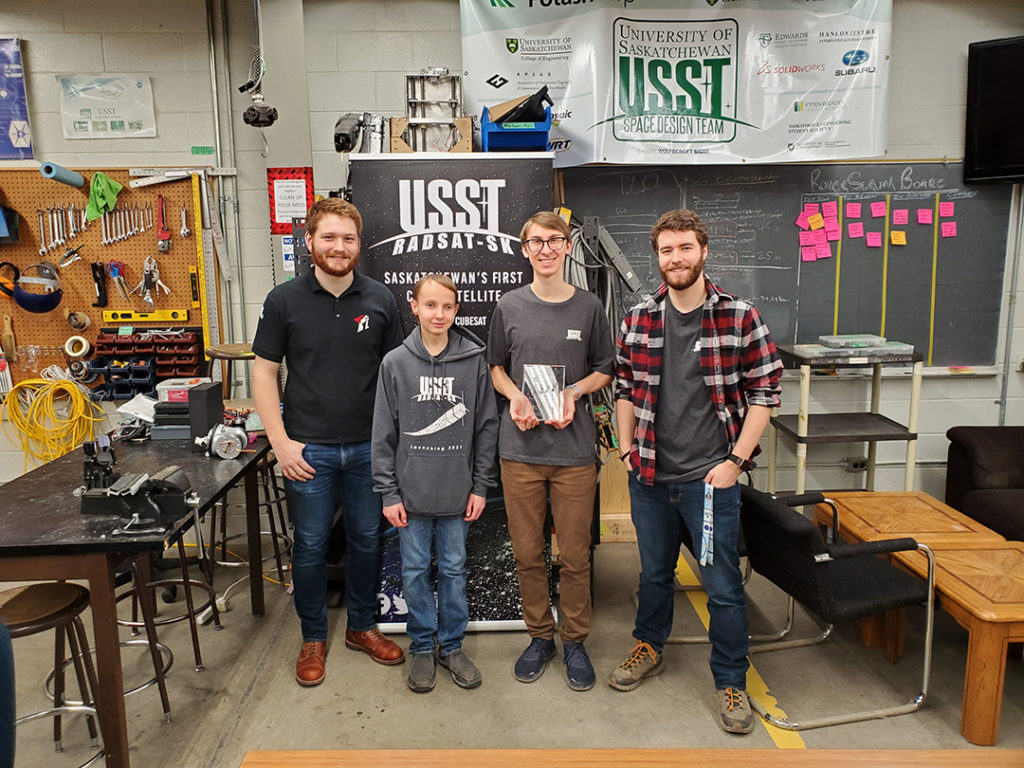
The RADSAT-SK team is extremely honoured to have been awarded the Outstanding Initiative Award by the Saskatchewan Regional Economic Development Authority! This award recognizes our teams commitment to furthering science and technology in Saskatoon. We also managed to make the news for our award which can be seen here:
October 29, 2019
Six of our team members have just returned from our Preliminary Design Review with the Canadian Space Agency in Victoria, B.C. At this design review our members gave a four hour presentation in which we presented the design of RADSAT-SK as it stands right now, and our plans moving forward for the next year. This design review is vital to our success as the feedback and recommendations provided by the CSA are incredibly important to our team’s success. In approximately one years time we will be hosting the Critical Design Review for all the western CCP teams right here at the University of Saskatchewan.
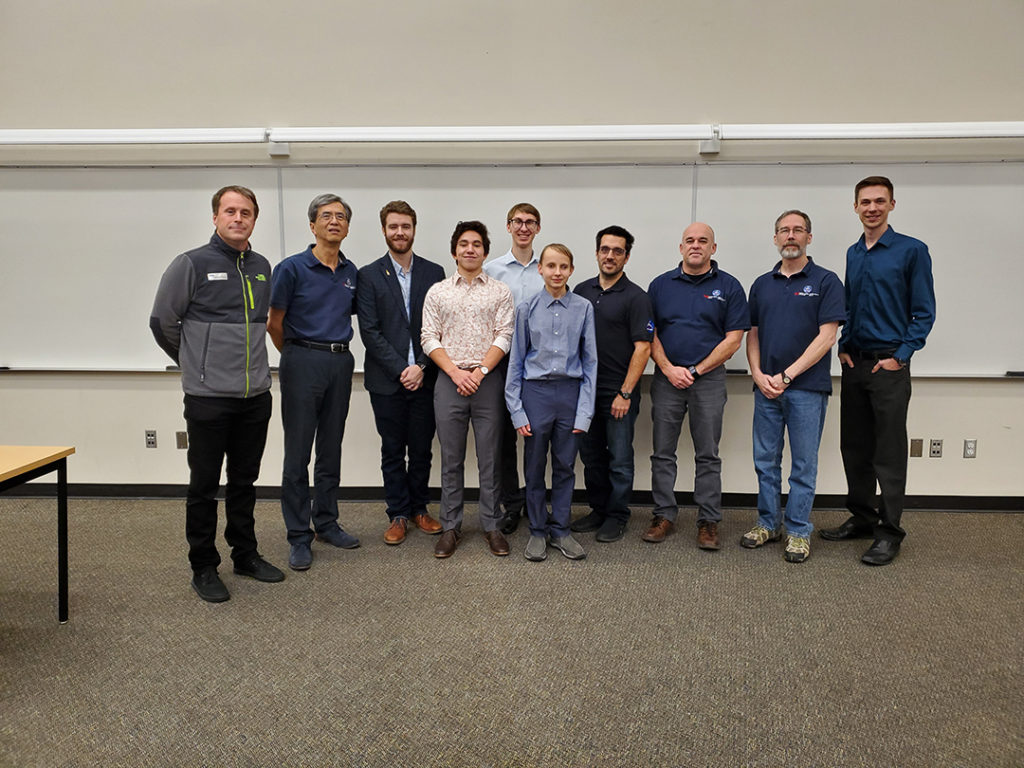
September 21, 2019
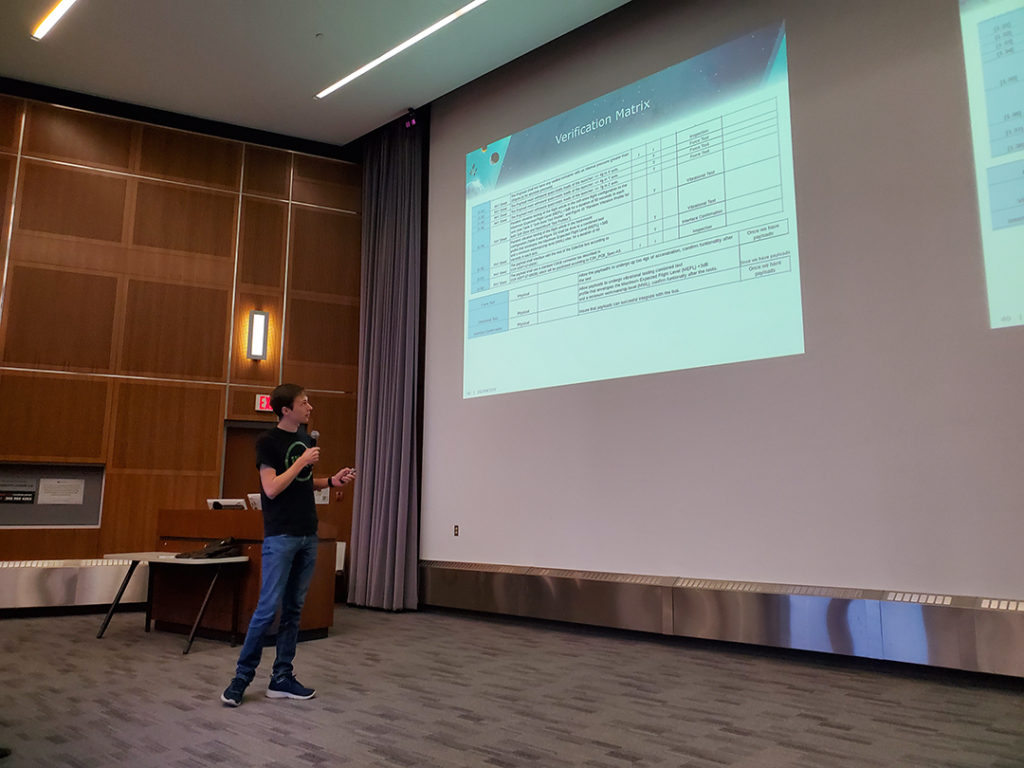
This weekend our team hosted an internal design review to help us prepare for the preliminary design review with the CSA at the end of October. In attendance were our own team members as well as advisors from SED, Innocorps, and other past Alumni from the USST. We were really impressed with everyone’s presentations and we’re feeling good to head to Victoria!
July 25, 2019
Over the summer our team has been active preparing for school year ahead as well as reaching out and engaging with the community. Some of our team members have been working with Sci-Fi Science Camps to help inform students in Saskatchewan about our project and the space industry in Canada. In the future we hope to have our own workshops that we can take to children in Saskatoon and beyond to motivate more students to get interested in STEM related fields.
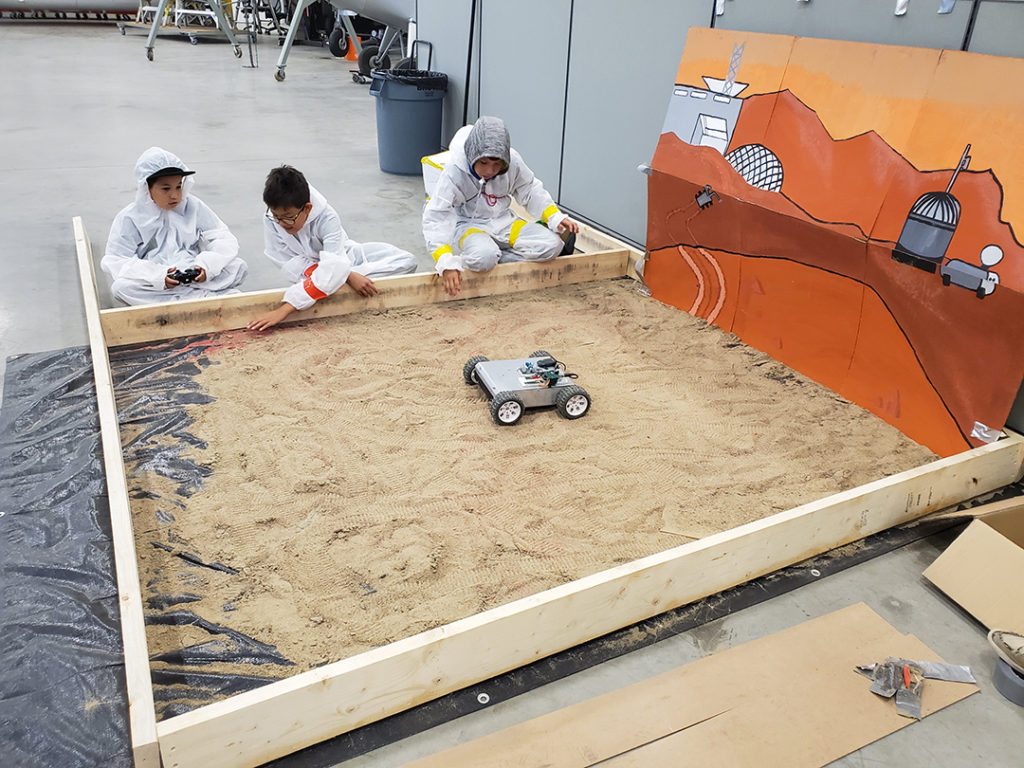
March 17, 2019
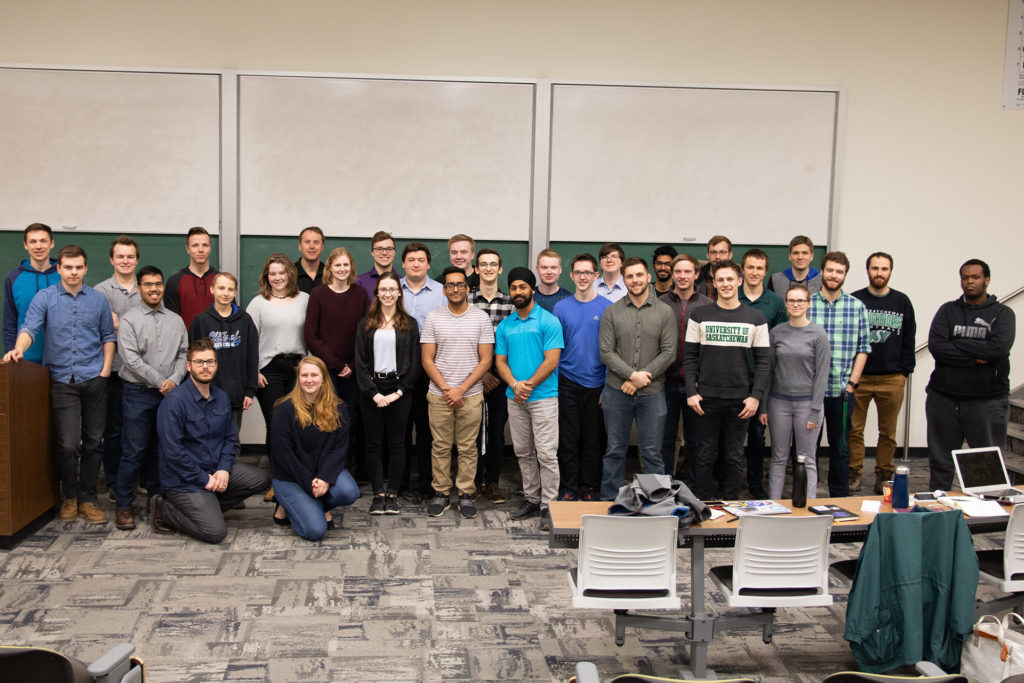
To wrap up the end of the school year our team has hosted an internal design review with external advisors. These types of reviews are extremely helpful for informing everyone on the team of the progress on each sub-system and what the plan is for the future ahead.
As well, we have finalized our satellite payload. We will three payloads consisting of new radiation sensors, a new type of radiation shielding coating, and an earth-imaging camera. Thus, our satellite has been named RADSAT-SK.
September 16, 2018
With the help of Chris Robson our team has officially began the design of our satellite. Chris gave the team a two-day crash course on the process of a cubesat project and our members learned a tonne. We are eager and excited to get to work!
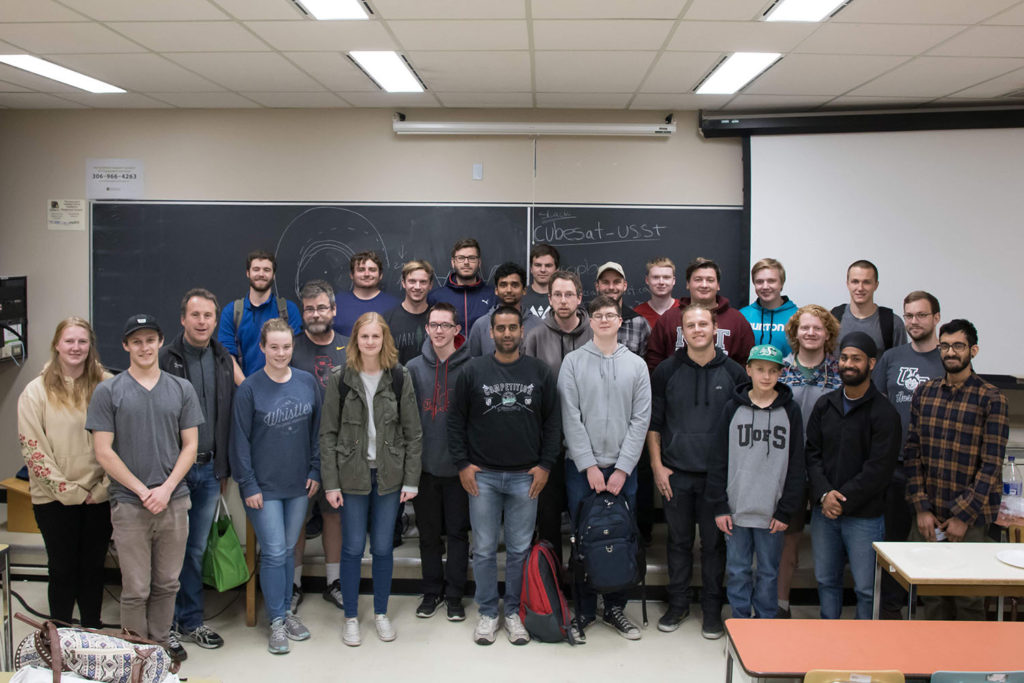
May 4, 2018
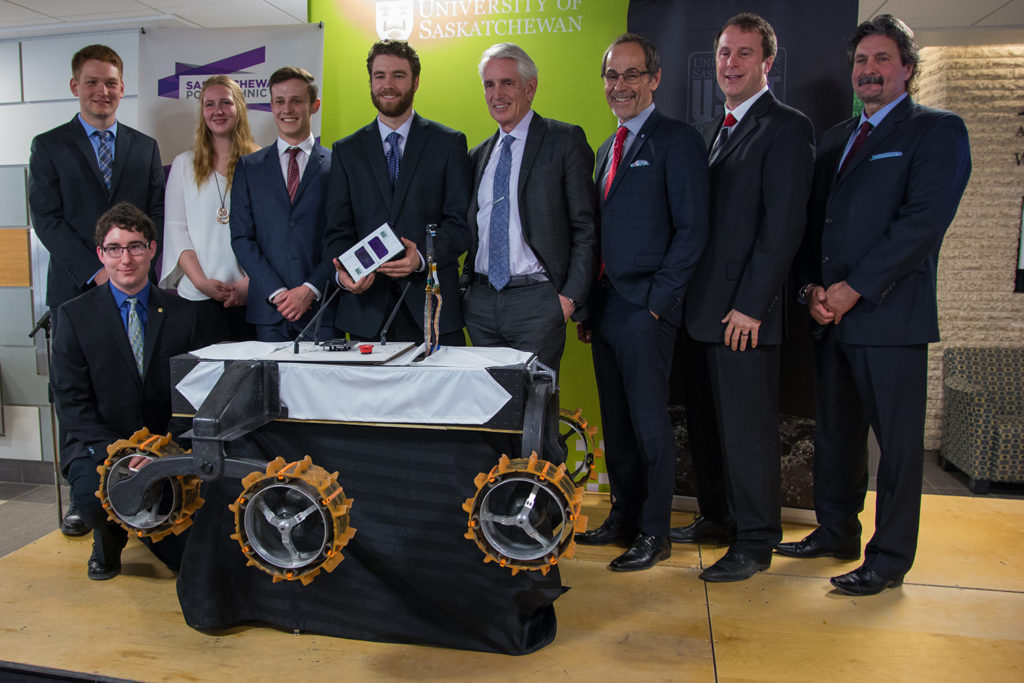
Today we are honoured to announce the start of our team’s involvement in the Canadian CubeSat Project! This project will see our team of students develop Saskatchewan’s first satellite in space when it launches in late 2021.
Over the next four years our team will design, construct, and control our satellite. Measuring at just 20x10x10 cm our satellite will weigh no more than 3 kg.
